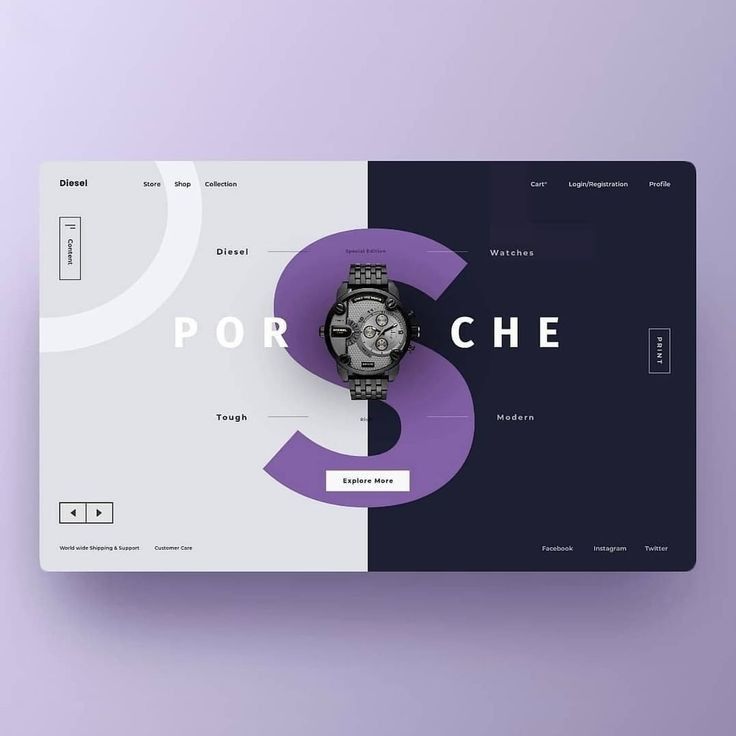Web development is a dynamic field that continuously evolves to meet the demands of businesses, developers, and users. Keeping up with the latest trends is essential for creating modern, user-friendly, and high-performing websites. In 2025, web development trends are driven by advancements in technology, user expectations, and the push for sustainability. Here are the top trends shaping the web development landscape:
1. Artificial Intelligence (AI) and Machine Learning (ML) Integration
AI and ML are transforming web development by enhancing user experiences. From AI-powered chatbots providing 24/7 customer support to personalized content recommendations, these technologies make websites more interactive and efficient. Tools like OpenAI’s GPT models are also being used to generate content and optimize workflows.
2. Progressive Web Applications (PWAs)
PWAs continue to gain popularity due to their ability to deliver app-like experiences directly through the browser. They are fast, reliable, and work offline, making them ideal for businesses aiming to reach a broader audience without investing heavily in native app development.
3. Dark Mode UI
Dark mode has become a standard feature across many platforms, offering an aesthetic and energy-efficient alternative to traditional light interfaces. Developers are incorporating dark mode options to enhance user comfort and cater to modern design preferences.
4. Serverless Architecture
Serverless computing allows developers to build and run applications without managing the underlying infrastructure. By leveraging services like AWS Lambda, Azure Functions, or Google Cloud Functions, developers can focus on coding while reducing costs and improving scalability.
5. WebAssembly
WebAssembly (Wasm) is a game-changer for web performance. It enables developers to run high-performance applications in the browser, such as video editing tools, games, and scientific simulations, with near-native speed. This technology is particularly useful for applications requiring heavy computation.
6. Single Page Applications (SPAs)
SPAs remain a popular choice for developers due to their speed and responsiveness. Frameworks like React, Angular, and Vue.js enable the creation of SPAs that load a single HTML page and dynamically update content without refreshing the page, offering a seamless user experience.
7. Voice Search Optimization
With the growing use of voice-activated devices like Amazon Echo and Google Home, optimizing websites for voice search is becoming crucial. Developers are focusing on structured data, natural language processing, and conversational interfaces to improve voice search compatibility.
8. Motion UI
Motion UI enhances user engagement by incorporating dynamic elements like animations, transitions, and micro-interactions. These subtle movements not only make websites visually appealing but also guide users through the interface intuitively.
9. Cybersecurity Measures
As cyber threats become more sophisticated, web developers are prioritizing security. Trends include implementing HTTPS, using Content Security Policies (CSPs), and adopting advanced authentication methods like biometrics or multi-factor authentication (MFA).
10. Green Hosting and Sustainability
Sustainability is influencing web development, with businesses opting for green hosting solutions that use renewable energy. Developers are also optimizing websites for minimal resource consumption, contributing to a more eco-friendly internet.
11. API-First Development
API-first development ensures that APIs are designed and built before the user interface, enabling seamless integration with various platforms and devices. This approach supports flexibility, scalability, and faster development cycles.
12. No-Code and Low-Code Development
No-code and low-code platforms are empowering non-developers to create websites and applications. These tools simplify the development process, making it accessible to a broader audience while reducing development time.
13. Internet of Things (IoT) Integration
Web development is embracing IoT by creating interfaces that connect with smart devices. This integration is particularly significant in industries like healthcare, home automation, and logistics, where real-time data interaction is essential.
14. 3D and Immersive Web Design
3D elements and immersive experiences are becoming more prevalent, thanks to advancements in WebGL and WebXR. These technologies allow developers to create interactive 3D environments and augmented reality (AR) experiences directly in the browser.
Final Thoughts
The web development landscape in 2025 is diverse and innovative, focusing on improving user experiences, optimizing performance, and embracing sustainability. Staying updated with these trends will help developers and businesses remain competitive and deliver cutting-edge web solutions.

